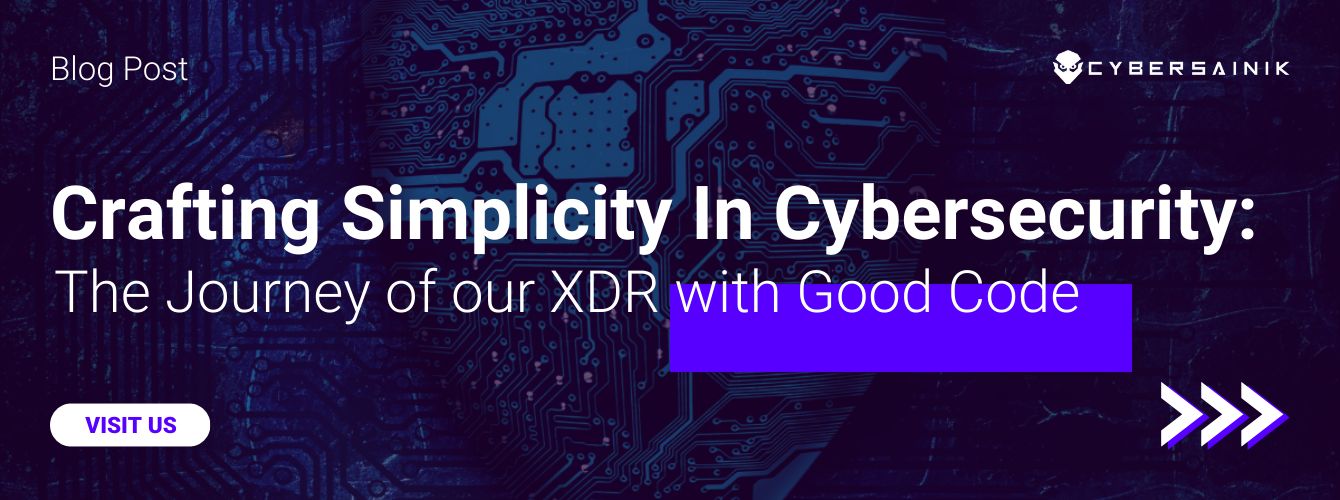There you are, on a deadline, frantically working against the clock.
Have you ever been in a position where you are working on a deadline, trying to beat the clock and all of a sudden you are prompted to change your password? “Has it been 90 days already?” Of course, the prompts that have been coming up for the last few weeks have been dismissed – you tell yourself, “I’ll do it later.”
But now it’s crunch time. So, you sit… what should your new password be this time? You can’t use something you’ve already used, but you don’t know what you’ve used already. So what now? You need a password and you need it fast.
As we get more ingrained into a digital world, and our personal and professional lives are stored within the cloud, cyber security becomes more important. Since Human Error is the number one cause of data breaches, it is important to mitigate the risky situations that we put ourselves in. For this reason, it’s important to take a step back to basics and focus on making security everyone’s responsibility, starting with your password(s)!
Password Don’ts
1. Don’t be Obvious
The basic tenets of password security may be obvious, but they are worth reiterating; don’t use your birthday, last name, children’s names, pet’s name, or easy-to-guess options, like “123456” or “password”. Using these types of passwords helps hackers (and even young children) to easily access your accounts.
2. Don’t use the same password for more than one account
It is important to use different passwords for each website you visit or application you use. Since your e-mail is password protected, it is never a good idea to use your e-mail password. If it is easy for you to remember all your passwords, it will be easy for a hacker to access all your accounts.
3. Don’t leave your Passwords laying around
With so many passwords for different applications, it is almost impossible to remember every password. However, writing passwords down in an easily accessible place is a risk to both your personal information and your company’s information.
4. Don’t share your Passwords
Many people make the easy mistake of sharing their passwords too often. Sometimes it is mandatory or convenient to share login information for business purposes. This is fine if it is done securely. However, try, as much as possible, to keep your passwords close to the chest. Login information to sensitive materials, data, or applications should only be shared with individuals with secured authorization.
Password Do’s
Mix it up! The longer the password length, the harder it is to crack, so you are encouraged to use a mixture of upper and lower-case letters, numbers, and punctuation.
1. Do Use a Password Manager
As we said, you can’t leave your passwords laying around. Most computers and web browsers come with a built-in password manager. However, if a free application won’t cut it, or you are working on the enterprise level with thousands of passwords to keep secure, you may want to upgrade to a paid manager. Cnet published an article on the best password managers of 2019. Check it out here!
2. Do Create Difficult Passwords
Create passwords that are difficult for others to come up with, but easy for you to remember. A way to do this is to use a phrase to create a password. For example:
| Phrase | Password |
| The Pink Panther is the coolest cat I ever saw! | TPPitcc1es! |
| Someday, I want to visit Paris! | Sd,1wtvsitP! |
| This little piggy went to market | Tlpwnt2mkt |
| When I was nine, I learned to swim in Lake Tahoe | wIw9,IltsiLT |
Try using a paraphrase, or as they say, “passphrase”, that might express your feelings at the moment.
| Passphrase | Password |
| Craving Sushi for dinner tonight! | Crvinsushi4tonite! |
| Ready for some fun in the sun! | SoRedy4Fn&Sn! |
| Tired of the snow and cold weather | Ih8thsnow&cold |
| Can’t wait for Vacation | Can’tw84vaca! |
3. Do Add numbers or symbols in place of letters
Consider using an unexpected character that only you would know. Notice the passwords above using a “1” or “!” instead of an “I”, “@” instead of “A”, or “3” instead of “E”. The possibilities are endless! Using numbers and symbols in place of letters will make your password more secure as well as more memorable at the same time.
4. Do Consider Multi-Factor Authentication
Multifactor authentication adds an extra level of security for your company’s sensitive data so instead of one password or key code, there are multiple. If you want to learn more about multi-factor authentication, read our blog that goes into it in detail.
Bottom Line
Though all of these tips and tricks may seem obvious, compromised passwords represent a huge cause of data breaches today. While best practices can be tedious and often difficult to follow, however, if you and your employees stick to the rule, you will have one less vulnerability for cybercriminals to exploit. Contact us for more information




